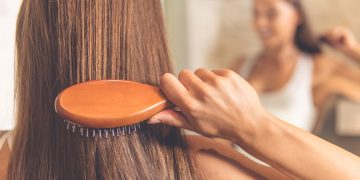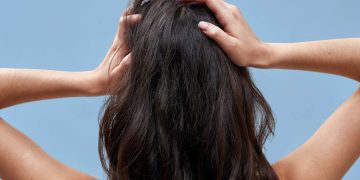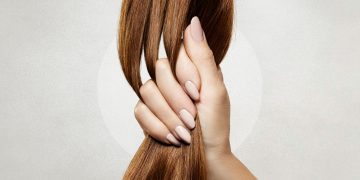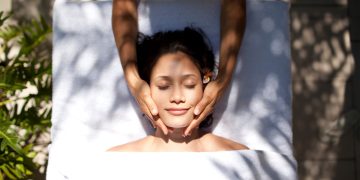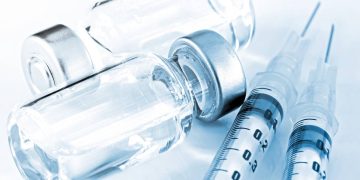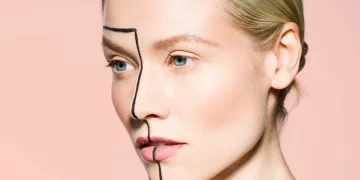When people talk about fitness goals, the conversation usually revolves around losing fat, building muscle, or boosting cardiovascular health. But beneath the surface—literally—exercise is doing far more than shaping your silhouette. Increasingly, research and real-world evidence show that consistent physical activity is one of the most potent, accessible, and long-lasting beauty tools available.
From strengthening collagen networks to enhancing detoxification, to improving circulation and reducing inflammation, working out influences your skin on a cellular, structural, and hormonal level. Understanding these mechanisms allows you to use exercise not just for fitness, but as an intentional strategy for glowing, youthful, resilient skin.
This article explores how exercise affects collagen production, detoxification pathways, lymphatic flow, and sweat-mediated skin renewal—while also offering practical pre- and post-workout skincare strategies to help you maximize results.
Why Is Collagen So Important for Skin Beauty and Youthfulness?
Collagen is the protein scaffold that gives skin its structure, firmness, and elasticity. It acts like internal architecture—keeping the skin plump, tight, and smooth. As we age, collagen production naturally declines, and environmental aggressors like UV rays, pollution, sugar, smoking, and stress accelerate its breakdown. The result? Fine lines, sagging, dullness, and slower skin repair.
Exercise steps in as a biological rejuvenation tool by stimulating what nature gradually slows down.
1. Exercise Improves Blood Flow and Oxygen Delivery
When you move your body, your heart pumps faster, pushing more oxygen-rich blood and nutrient-dense plasma to your skin cells. This increased circulation:
- enhances fibroblast activity
- improves nutrient absorption
- boosts cellular repair
- accelerates the turnover of damaged proteins
Since fibroblasts are responsible for producing collagen and elastin, improved oxygenation directly helps them function more effectively.
2. Exercise Reduces Chronic Stress Hormones
Cortisol is one of the biggest enemies of collagen. Prolonged stress triggers inflammation, weakens connective tissue, and slows wound healing. Regular exercise:
- lowers baseline cortisol levels
- increases endorphins
- balances hormones that influence skin oil production
This creates a biochemical environment where collagen can thrive instead of breaking down prematurely.
3. Strength Training and HIIT Stimulate Growth Factors
High-intensity workouts and resistance training increase production of:
- human growth hormone (HGH)
- IGF-1 (insulin-like growth factor)
- muscle-derived cytokines
These growth factors signal skin cells to regenerate faster and rebuild collagen fibers more effectively. It’s the same biological logic behind why athletes often maintain firm, youthful skin longer.
4. Exercise Helps Reduce Inflammation
Chronic, low-grade inflammation accelerates collagen loss. Regular physical activity:
- improves metabolic health
- reduces inflammatory cytokines
- enhances antioxidant defenses
With inflammation lowered, collagen is protected and can regenerate without interruption.
Does Exercise Really Help With Detoxification—and What Does That Mean for Your Skin?
“Detoxification” is often misunderstood. It doesn’t mean flushing toxins in a dramatic, overnight way—it refers to the body’s natural, continuous processes that eliminate metabolic waste and environmental pollutants. Skin appearance is closely intertwined with how efficiently these pathways work.
1. Sweat Helps Clear Pores and Reduce Skin Congestion
Sweat is not a miracle detox potion, but it does help expel:
- dead skin cells
- trapped sebum
- microscopic debris
- excess salt
- certain water-soluble substances
When sweat moves to the surface, it creates a mild natural exfoliation effect, which contributes to clearer pores and a smoother texture.
Sweating also boosts expression of dermcidin, a natural antimicrobial peptide that helps prevent acne-causing bacteria from thriving on the skin.
2. Exercise Enhances Liver and Kidney Efficiency
The liver and kidneys—not sweat—handle the majority of toxin removal. Exercise supports their function by:
- improving circulation
- reducing fatty accumulation
- stabilizing blood sugar
- optimizing metabolic pathways
When the internal detox organs work smoothly, the skin becomes less prone to dullness, sallowness, and inflammatory breakouts.
3. Improved Breathing Oxygenates and “Ventilates” the Skin
Deeper, faster breathing during workouts helps eliminate carbon dioxide and increases oxygen uptake. This indirectly improves:
- skin tone
- oxygen saturation in dermal layers
- cell metabolism
- free-radical defense
This is why post-workout skin often looks bright, luminous, and flushed with vitality.
What Role Does the Lymphatic System Play in Skin Health—and How Does Exercise Activate It?
The lymphatic system is like the body’s drainage network, responsible for transporting waste, immune cells, and excess fluid. Unlike the circulatory system, the lymphatic system has no pump—it relies on movement.
Exercise Is the Most Effective Natural Lymphatic Stimulator
Running, jumping, strength training, yoga, swimming—any movement that engages muscles—compresses and releases lymph vessels, pushing lymph fluid through the body.
Better lymph flow means:
- reduced puffiness
- fewer inflammatory skin flare-ups
- faster healing of blemishes
- improved nutrient delivery to skin cells
- a more sculpted, less congested facial appearance
This is the internal version of what facial massage or gua sha aims to achieve externally.
High-impact and large-muscle movements amplify the effect
Exercises that are especially good for lymphatic flow include:
- rebounding / jumping
- running
- power walking
- dynamic yoga
- Pilates
- swimming
- weightlifting with full-body movements
When lymph moves efficiently, the skin becomes clearer, calmer, and less inflamed.
Is Sweat Really “Skin Therapy” or Is That a Myth?
Sweat can be tremendously beneficial—as long as you manage it correctly.
Benefits of Sweat for the Skin
- helps unclog pores
- dissolves trapped oil and impurities
- carries antimicrobial peptides
- increases surface hydration
- improves micro-circulation
This is why many people report fewer blackheads and softer skin when they exercise regularly.
But Sweat Left on Skin Too Long Can Cause Problems
Sweat mixed with bacteria, dirt, and makeup can lead to:
- breakouts
- folliculitis
- irritation
- redness
- salt-induced dryness
So sweat is therapeutic when supported with proper hygiene.
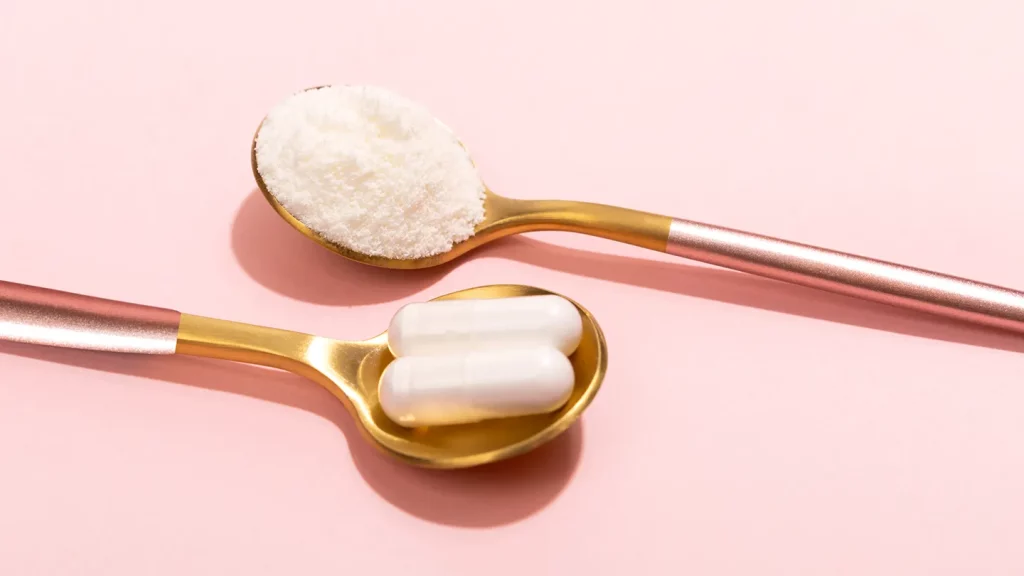
How Should You Care for Your Skin Before a Workout?
1. Remove Makeup Completely
Foundation, mascara, and powders trap sweat and block pores. A gentle micellar water or gel cleanser is enough for most people.
2. Keep Skincare Light
Heavy creams can mix with sweat and cause congestion. Opt for:
- a lightweight gel moisturizer
- hydrating toner
- a non-comodegenic sunscreen (if outdoors)
3. Apply a Protective Antioxidant Layer
Vitamin C, niacinamide, or green tea serum helps defend skin from oxidative stress caused by heat and exertion.
What Should You Do for Your Skin After a Workout?
1. Cleanse Immediately
Within 15–20 minutes, wash away sweat, salt, and bacteria.
2. Use Lukewarm Water
Hot water worsens redness and inflammation.
3. Rehydrate the Skin
Aloe, hyaluronic acid, centella asiatica, or colloidal oat products calm post-exercise redness.
4. Restore the Skin Barrier
Use a lightweight moisturizer or barrier cream—especially if you exercised outdoors, which increases exposure to UV and pollution.
5. Avoid Harsh Scrubs
Your skin is more sensitive immediately after sweating; skip acids and exfoliants for 1–2 hours.
Which Types of Exercise Are Best for Skin?
Different exercises influence skin health via slightly different biological pathways.
1. Strength Training
Best for long-term collagen production due to growth factor stimulation.
2. Moderate-Intensity Cardio
Improves circulation, oxygenation, and natural glow.
3. High-Intensity Interval Training (HIIT)
Supports metabolic detoxification and improves insulin sensitivity—key for acne-prone skin.
4. Yoga and Pilates
Excellent for lowering cortisol and improving lymphatic drainage.
5. Rebounding or Jumping Workouts
One of the most effective ways to stimulate the lymphatic system.
6. Swimming
Anti-inflammatory, boosts circulation, low impact.
Mixing multiple modalities creates the most comprehensive skin-supportive routine.
What Skin Changes Can You Expect from Long-Term Exercise?
If you exercise consistently for weeks and months, you may experience:
✔ Brighter, more even skin tone
Improved circulation delivers consistent nutrients.
✔ Fewer breakouts
Sweat exfoliation + lymphatic flow + lower cortisol.
✔ More elastic, firmer skin
Enhanced collagen synthesis.
✔ Reduced puffiness
Improved lymphatic drainage.
✔ A more youthful glow
Better oxygenation and mitochondrial function.
✔ A calmer complexion
Lower inflammation and detoxified tissues.
Exercise creates cumulative beauty benefits, similar to how consistent skincare works over time.
Final Thoughts: Can Exercise Truly Make You More Beautiful?
Yes—and not because of aesthetic ideals, but because skin reflects internal health. Exercise affects virtually every system that influences skin clarity, firmness, radiance, and longevity:
- hormones
- circulation
- inflammation
- fibroblast function
- lymphatic flow
- metabolic detoxification
When your internal biology becomes more balanced, your external appearance naturally becomes brighter, smoother, and more youthful.
Regular workouts are one of the most sustainable, accessible, and scientifically supported beauty treatments available—no clinic appointment needed.













